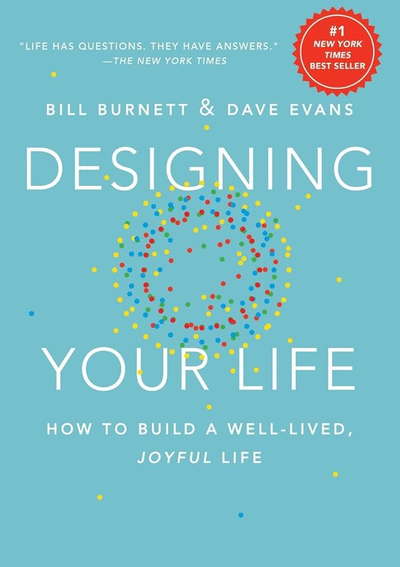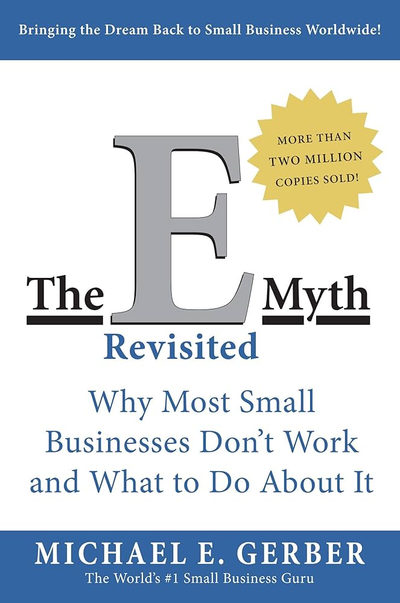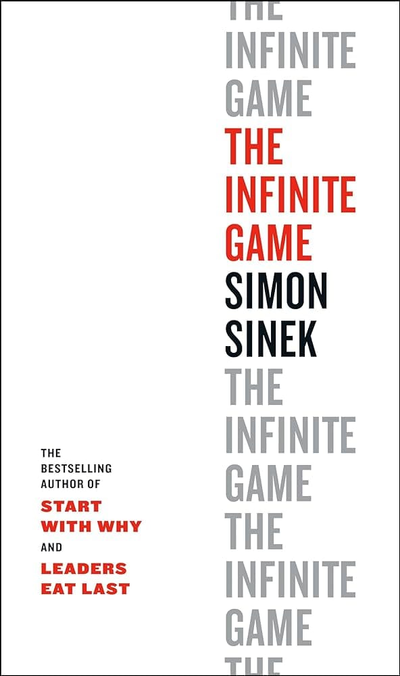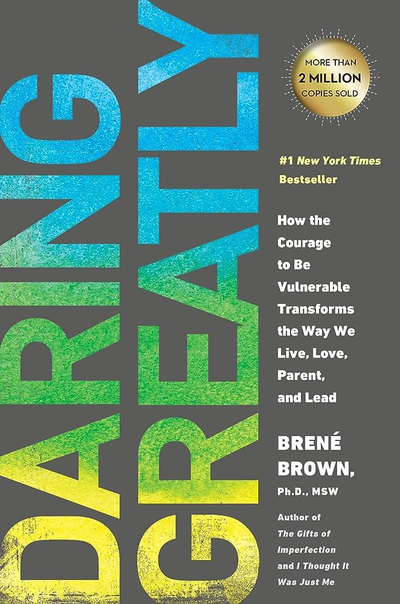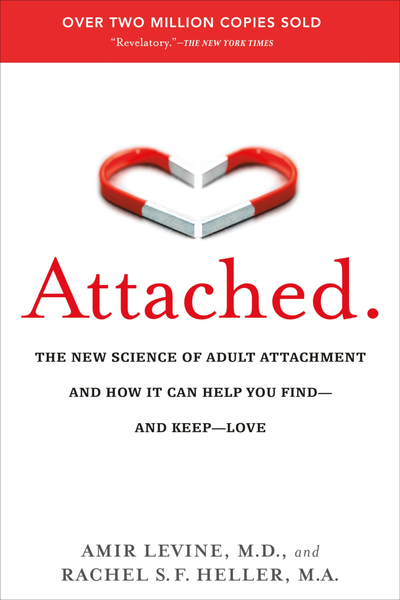Simple Marketing for Smart People
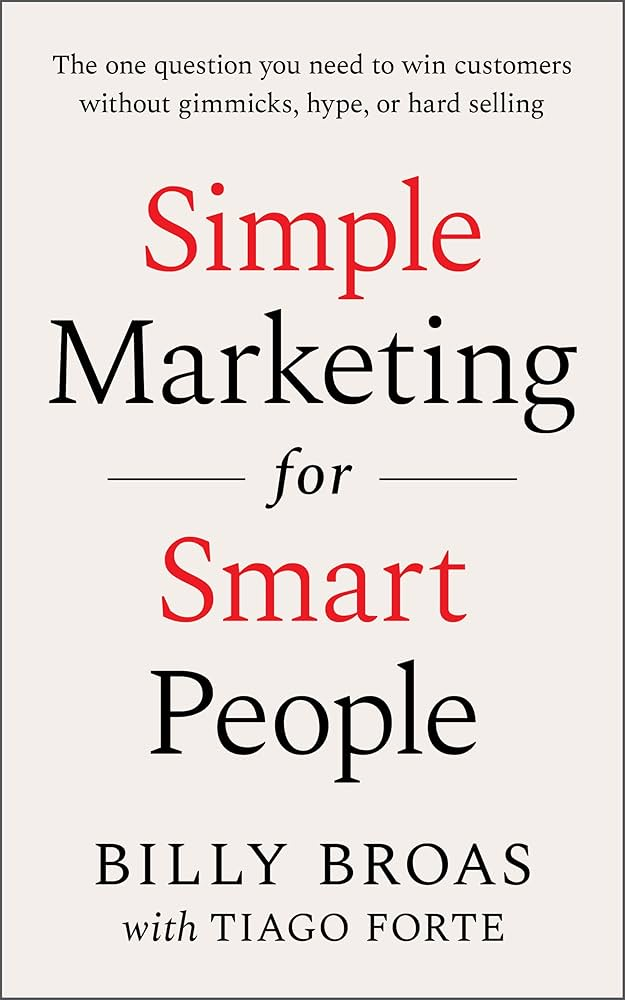
💭 The book in 3 sentences
- Marketing doesn't have to be complex—in fact, it should be simple
- You can't sell to someone if they don't believe they need your product
- Stop focusing on sales, focus on education
👥 Who should read it?
Anyone who's looking to sell something—online or off—but are willing to take their marketing online
✏️ Summary + Notes
Good upstream decisions can often compensate for downstream errors
Downstream mistakes tend to have less significant impact on the overall outcome
Upstream: Your core message
- central argument for why someone should choose your product or service
- essential for providing direction and coherence to all your marketing efforts
- not a brand manual—it should focus on the beliefs your prospects need to hold for your product to be an obvious purchase
Midstream: Marketing channels
20 marketing channels
- Youtube
- podcasts
- newsletters
- x
- tiktok
- SEO
- PPC
- text messaging
- amazon
- TV commercials
- direct mail
- billboards
- newspapers
- bus benches
- trade shows
- conferences
- 90% of the marketing work happens before you create an ad
Smart marketers
- put most of effort into creating a compelling core message
- don't put too much hope into a single marketing channel—test multiple channels
- when they find a channel that works, double down until it fails to deliver an acceptable return on investment
Downstream: Tactics
- specific actions and techniques you use to reach your audience and achieve your goals
- only make a difference when you're clear on your destination
- only effective if your core message is dialed in
20 marketing tactics
- Viral giveaways
- online contests
- website quizzes
- website pop-ups
- push notifications
- guest blogging
- upsells
- downsells
- chatbots
- video marketing
- two-step opt-ins
- retargeting ads
- referral programs
- guest blogging
- themed social media days
- online communities
- mobile optimization
- voice search
- hashtags
- cart abandonment emails
Ch. 4 - the one question that makes marketing simple
What does my prospect need to believe in order to buy?
Belief building: The process of bringing a prospect to the point where they fully understand and value our offering. Buying from us becomes the only logical choice.
AKA belief building
- can think of it as a sophisticated way to handle objections
- takes the concept of your potential customer's objections and deasl with them earlier in the customer's journey
- goes beyond simply addressing objections; actively educates prospects on the value of your offerings
- actively guides them through learning process and education they ultimately need to invest in your product
- by the end: they are not just buying, they are making an informed and confident decision to become a customer, fully convinced of your value proposition
- Belief building gets you buy-in. Buy-in naturally leads to buyers.
The best copywriters understand the power of education and the importance of connecting with your reader on a deeper level
- When looking to solve a problem, consider those who faced constraints that led to the best solutions
- Switch from selling to belief building
[!NOTE]
if divergence is the problem, convergence is the solution.
- Convergence is the antidote to complexity and your path back to simplicity
- Don't lead with the details
- lead with your focusing question: What does my customer need to believe in order to buy
Ch. 5 Tiago's use of belief building
Tiago's beliefs for his Second Brain course
- My brain is for having ideas, not holding them
- I am already creative and do creative work
- My thoughts and ideas are valuable and worth saving and revisiting
- I am already doing most of the work required
- I can get and stay organized quickly and easily
- If I don't make an intentional effort to preserve my thinking, it will be lost
[!NOTE]
You're going to create content that feel really basic—like you're "dumbing down" your ideas. That's good.
Instead of thinking of it as "dumbing down" think of it as distilling, refining, boiling it down, finding the essence, or finding the signal in the noise
diving straight into the full complexity of your topic displays a lack of empathy for your customer. Is it more important for you to have your expertise and authority validated, or for them to get the benefits you promised?
Ask:
- what stage is my reader at?
- What's their readiness for the next step?
- What is that next step or milestone?
- How can I meet them where they are?
When creating any content ask: which belief is this going to instill or strengthen?
Ch. 6 Identifying your customer's existing beliefs
Chain of beliefs
The path your prospect takes from not knowing anything about you or your topic to becoming a loyal customer
- link together all beliefs your prospects need to go from unaware to fully informed
- fix any broken links and form a strong chain that provides direct path to your product
- Your marketing content stems from core message and flows down channels like your website, emails, blog posts, and ads
Prospects with a longer chain of beliefs
- don't recognize they have a problem
- don't know about potential solutions
- don't know about your topic
- don't know you
Prospect with a shorter chain of beliefs
- don't know if your offer is good value
- don't know if now is a good time to buy
- don't know if you'r product will be easy to use
- don't know if they should trust you
Start with customers who have bought products or services similar to yours
Three methods to identify your prospects current beliefs
- listen for the (bad) questions your customer asks
- give your prospects a better question to ask
- Ask them questions
- create a space where your customers feel comfortable sharing
- What/how questions
- why sounds judgemental
- instead—what were you trying to accomplish?
- how did you go about making that decision
- what led you to purchase X
- what did you do the last time this problem occured?
- what makes it important for you to succeed with X
- Peek into the cycles of your prospect's life
- humans live in cycles
- study your prospects to find patterns, commonalities, and prevalent beliefs
- look for insights that challenge your assumptions. Did you find any surprises?
- spot anything you've been assuming in your marketing material that just isn't true.
- have you taken a belief for granted?
- do you need to back up a step and address a belief further up the chain?
Ch. 7 Identify your customer's required beliefs
- don't start at a point of disagreement
- start where agreement is easy, then build your case, introducing new beliefs and reinforcing them until the value of your offering becomes self-evident
- identify shared truths with your audience and use them as stepping stones
Critial stages
- Awareness
- realizes there's a problem
- looking for acknowledgment that your business understands their problem
- "wow this business really gets me"
- consideration
- exploring or considering potential solutions
- decision
- essential to reinforce the belief in your trustworthiness and assure that they're making the right decision
Questions to figure out belief they need
Awareness stage
- what do they need to believe about their problem?
- what do they need to believe about the prevalence of their problem?
- what do they need to believe about what happens if the problem doesn't get solved?
Consideration stage
- what do they need to believe about their different options?
- what do they need to believe about my option?
- what do they need to believe about the risks associated with inaction?
Decision stage
- what do they need to believe about me
- what do they need to believe about my product?
- what do they need to believe about what happens after the purchase?
the ladder of importance
Most important down to least important
It's your job to make sure your prospect's ladder of importance matches yours—do this through your marketing content and the belief building process
ie. For photography
- Most important - an eye for composition
- Next - working with light
- Next - storytelling through images
- Next - Post-processing techniques
- Next - Quality of the camera
Ch 8. Build Belief pt. 1
Claim/Proof
- Primary job of marketing is to make an argument
- Instead of taking a topic-based approach, take an argument-based approach
- creates clarity and conviction
- leaves a more lasting impression
- lack of proof is a mistake—leaves customer feeling unsatisfied
First nail down what you want to say—your claim
Then decide how you'll say it—your proof
Ie.
Claim: this car is tough
Proof: shows car driving through tough environments
Ch. 9 Build Belief pt. 2
Aristotle's 3 concepts to help influence an audience
- Ethos: ethic-refers to the character of the person making the argument. establishes trust
- lends weight to your words, making them resonate more profoundly
- ie
- expert opinions or authoritative figures in the field
- testimonials
- data taken from research studies that support your claim
- third-party reviews that lends an external voice of approval
- Pathos: appeal to emotion
- doesn't need to be negative—should invoke positive emotion
- ie.
- sharing stories that evoke empathy, joy, or other emotions
- using imagery that symbolizes deeper sentiments or values
- writing words that are vivid and stokes the desires of your prospect
- Logos: logic
- you'll know you've done this right when someone reads and thinks "that makes sense"
- ie.
- explain the mechanics of how your product or service works
- map out a clear and coherent path that shows how you solve the problem
- give a clear demonstration of how the value of your product exceeds its cost
Ch 10 Let's create some marketing content
ie.
belief: a second brain can benefit my career
claim: when you have a tight deadline, a second brain can save you
Proof: Tiago's personal story
Format: text
Marketing channel: email
Call-to-action: Enroll in the online course
Free content
- free content should educate prospects to make the best decision for them
- helps them become more empowered buyers
Questions your content and products need to answer
- why should your customer care?
- how are you different?
- why should they trust you?

